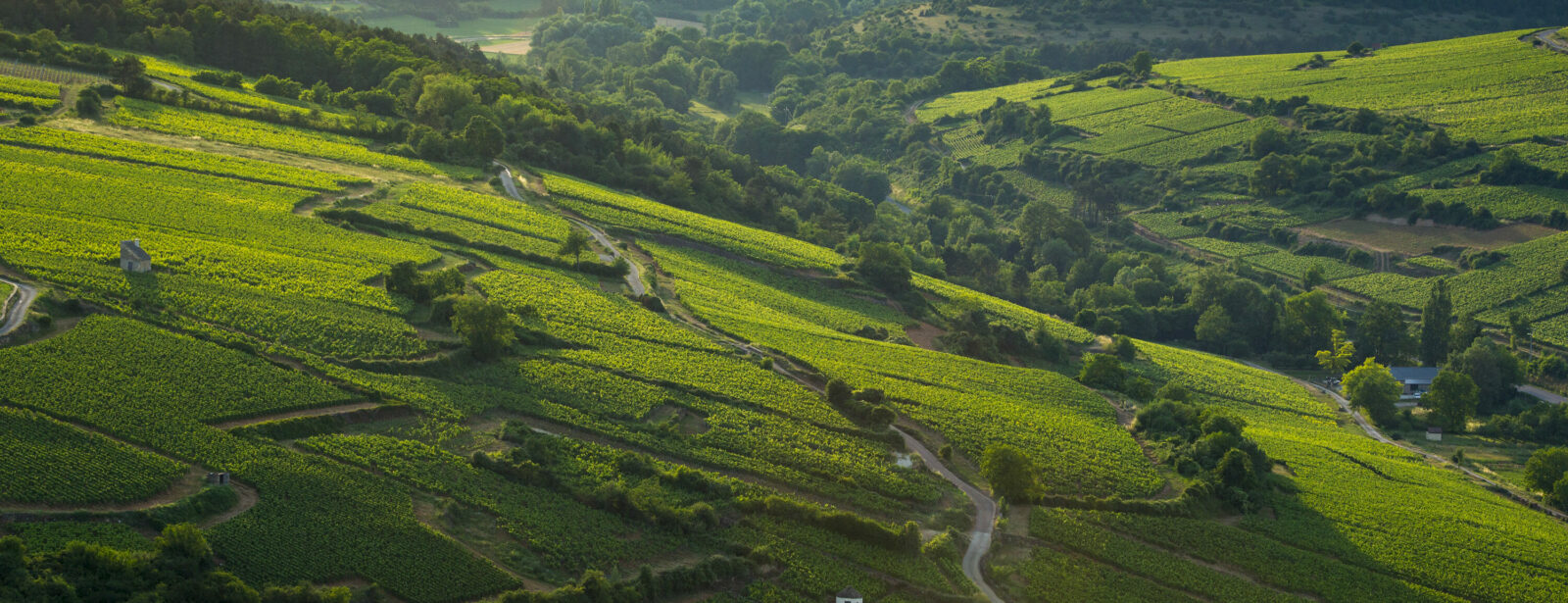Pommard
1er Cru Chaponnières


The season begins with a mild and dry winter, leading to an early start to the growing cycle. A significant episode of frost occurred on the Chardonnay on April 5 then on the Pinot Noir on April 14, causing a harvest loss (30% to 50%). A cooling at the beginning of June leads to capricious flowering. This causes runoff and further reduces yields while concentrating the aromas. The hot summer induces water stress in certain places which delays the maturity of the grapes. Because the berries are small and few number, the sugar level in the grapes is naturally high but the lack of water helped maintain good acidity.
Vineyard
Comblanchien and Chassagne limestones. Rich soils and iron oxide, not very sensitive to drought.
Wine-growing method : Sustainable
Harvest : 100% manual
Sol : Limestone


Vinification
100% Pinot Noir
30% whole grapes and 70% destemmed grapes
Alcoholic fermentation in open vats: 21 days
17 months (whose 5 months in stainless steel tank)
100% oak barrels (whose 30% of new oak)
14,5% vol.
Tasting

temperature
17-19°C

2022-2032
